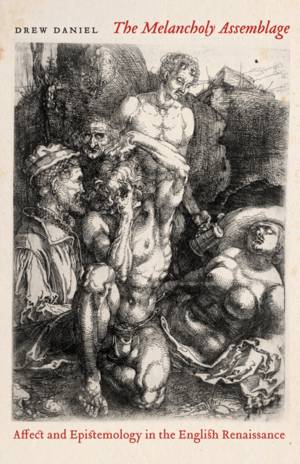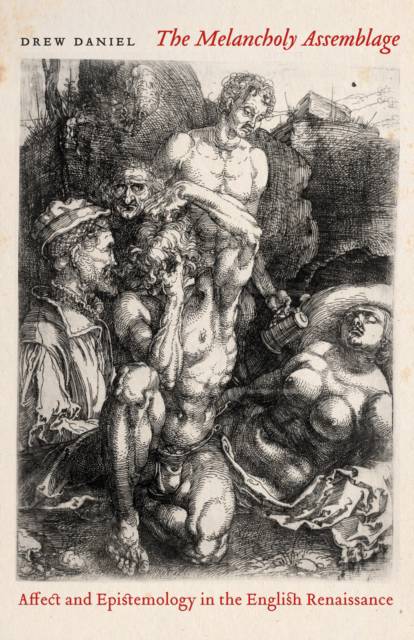
- Afhalen na 1 uur in een winkel met voorraad
- Gratis thuislevering in België vanaf € 30
- Ruim aanbod met 7 miljoen producten
- Afhalen na 1 uur in een winkel met voorraad
- Gratis thuislevering in België vanaf € 30
- Ruim aanbod met 7 miljoen producten
Zoeken
The Melancholy Assemblage
Affect and Epistemology in the English Renaissance
Drew Daniel
Hardcover | Engels
€ 153,45
+ 306 punten
Omschrijving
This book considers melancholy as an "assemblage," as a network of dynamic, interpretive relationships between persons, bodies, texts, spaces, structures, and things. In doing so, it parts ways with past interpretations of melancholy. Tilting the English Renaissance against the present moment, Daniel argues that the basic disciplinary tension between medicine and philosophy persists within contemporary debates about emotional embodiment. To make this case, the book binds together the paintings of Nicholas Hilliard and Isaac Oliver, the drama of Shakespeare, the prose of Burton, and the poetry of Milton. Crossing borders and periods, Daniel combines recent theories that have-until now-been regarded as incongruous by their respective advocates. Asking fundamental questions about how the experience of emotion produces community, the book will be of interest to scholars of early modern literature, psychoanalysis, the affective turn, and continental philosophy.
Specificaties
Betrokkenen
- Auteur(s):
- Uitgeverij:
Inhoud
- Aantal bladzijden:
- 328
- Taal:
- Engels
Eigenschappen
- Productcode (EAN):
- 9780823251278
- Verschijningsdatum:
- 22/04/2013
- Uitvoering:
- Hardcover
- Formaat:
- Genaaid
- Afmetingen:
- 160 mm x 231 mm
- Gewicht:
- 544 g

Alleen bij Standaard Boekhandel
+ 306 punten op je klantenkaart van Standaard Boekhandel
Beoordelingen
We publiceren alleen reviews die voldoen aan de voorwaarden voor reviews. Bekijk onze voorwaarden voor reviews.











